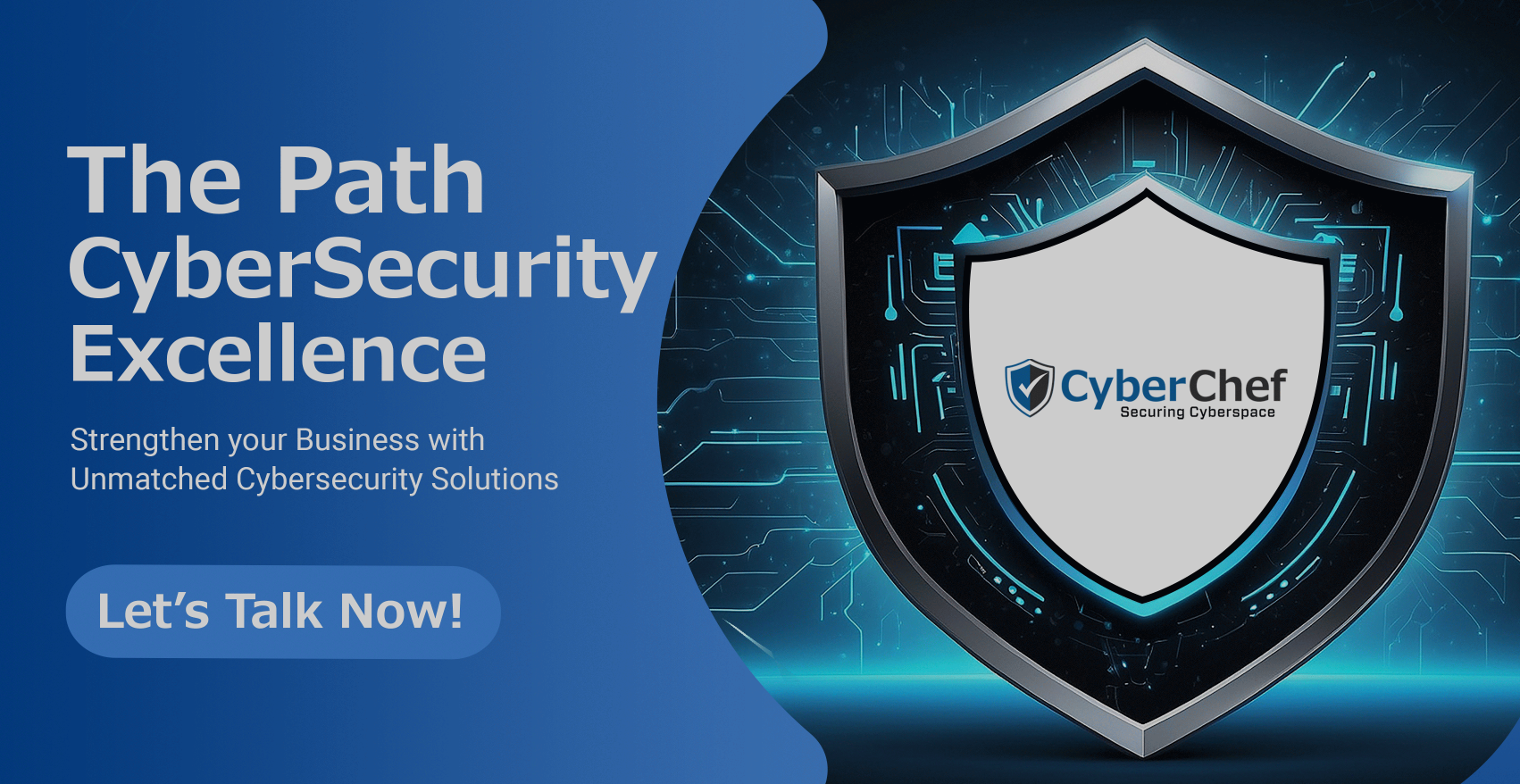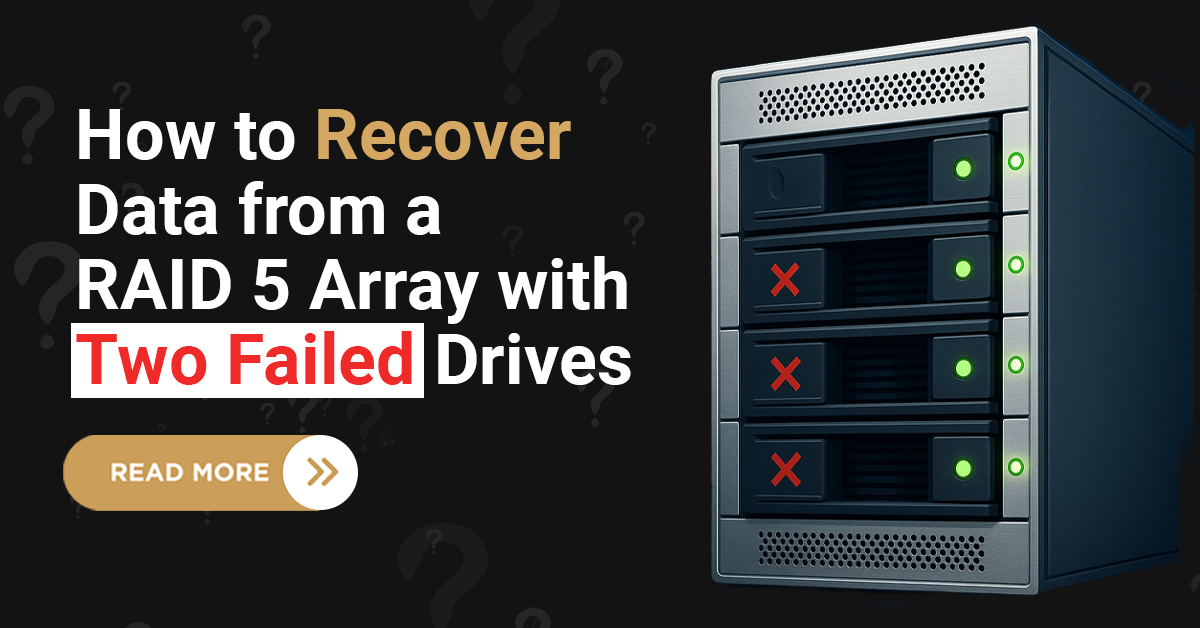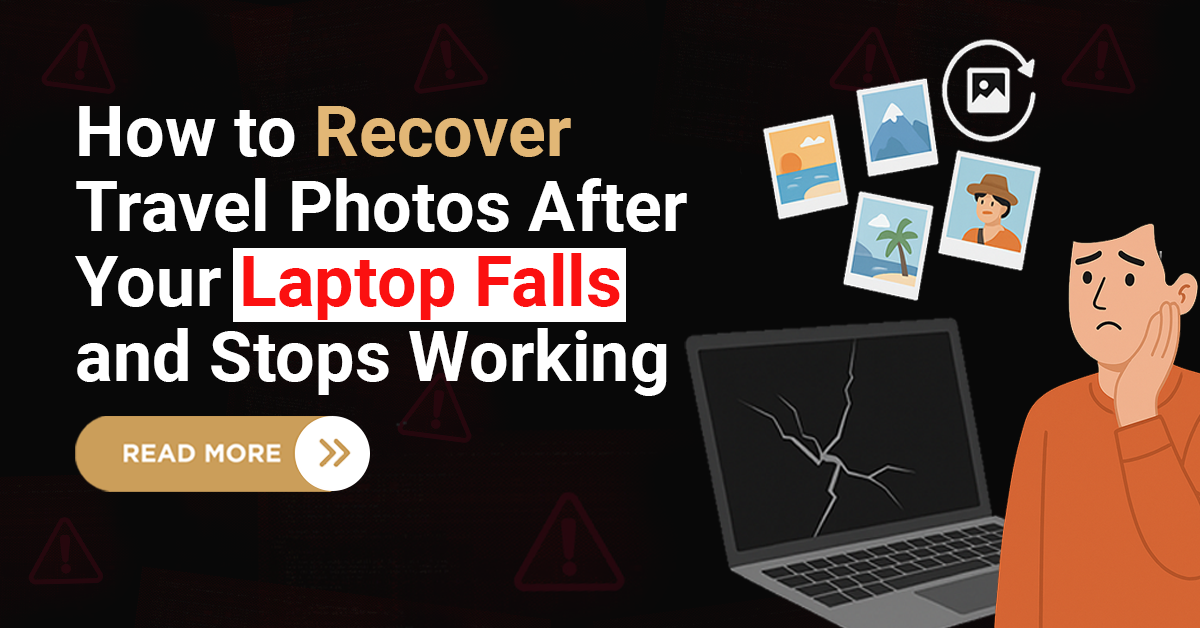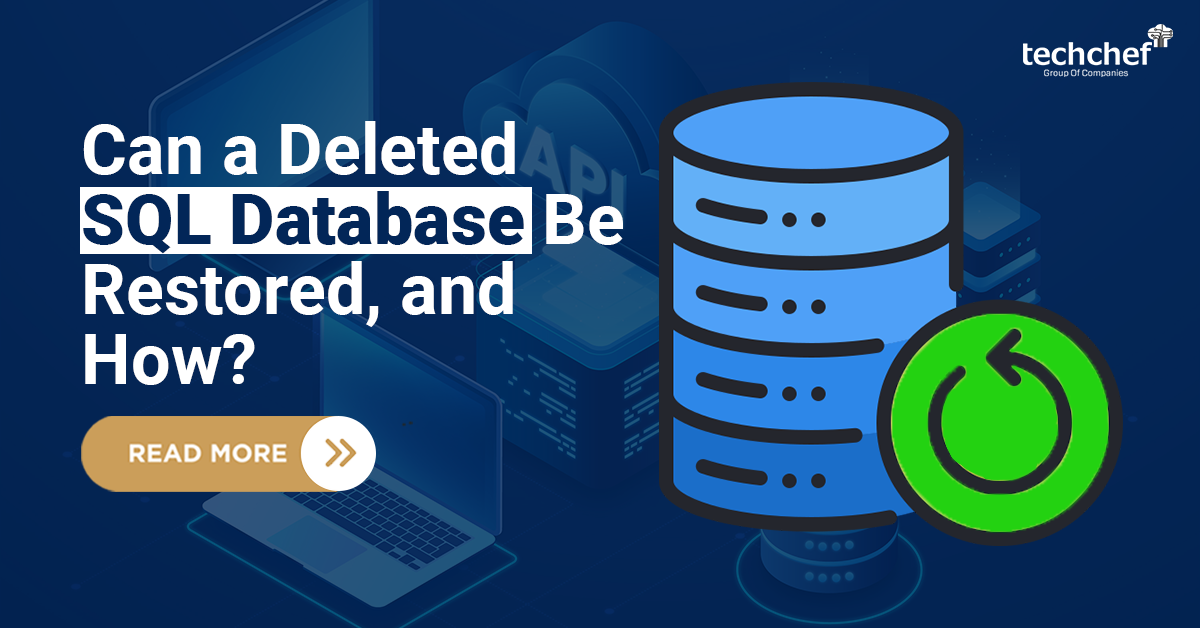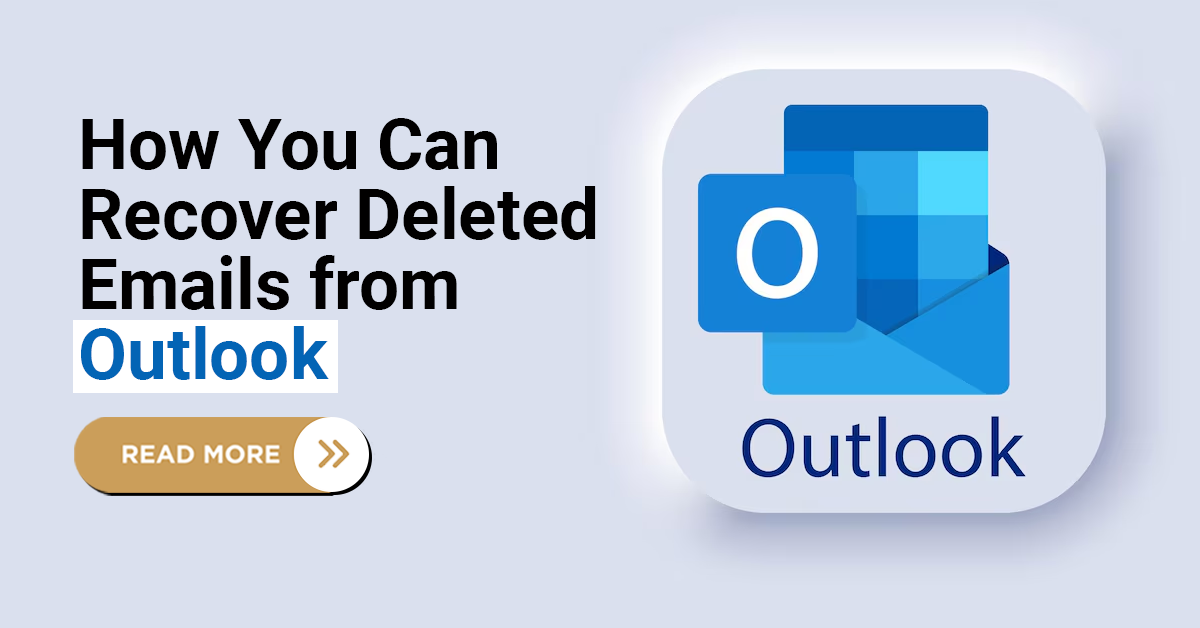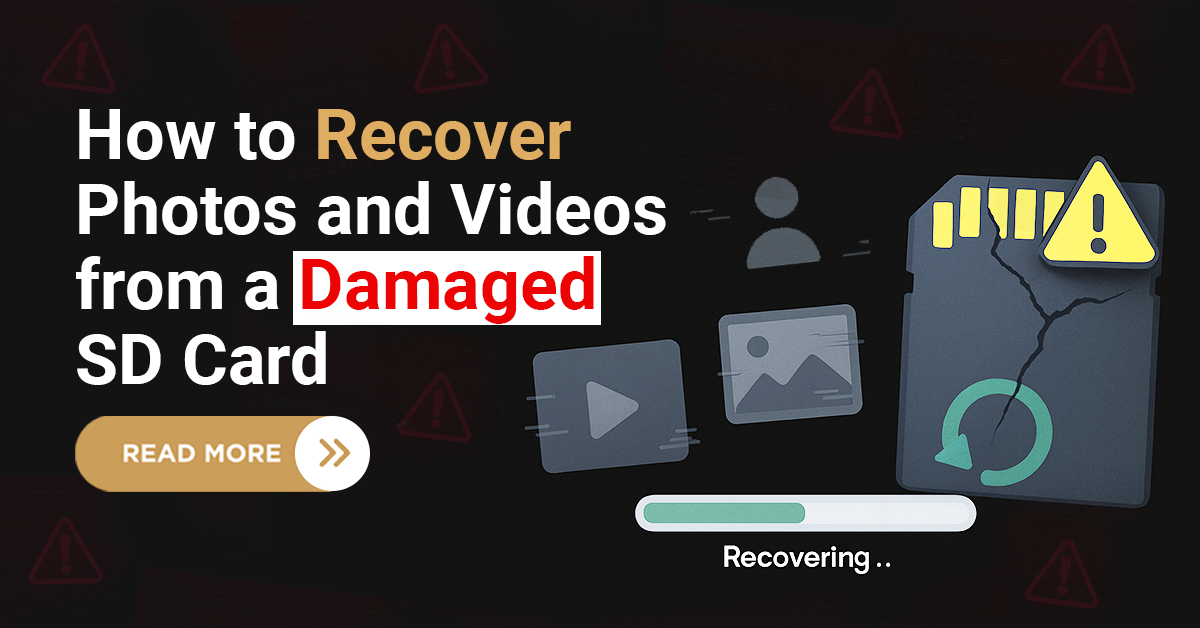Have you ever experienced, working on your laptop when suddenly a threatening random message flashes on your screen and your files become inaccessible? Do you think it is a ransomware attack on your system?
In this article, we’ll explore the major signs of ransomware attacks and, more importantly, how you can effectively prevent them.
According to the DBIR Report 2023 – Summary of Findings | Verizon Business, ransomware was involved in 24% of all breaches.
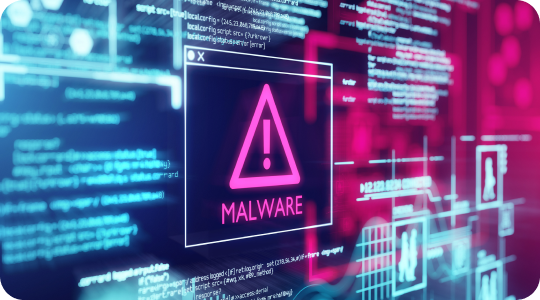
As per the recent report Ransomware Statistics & Trends & Facts, in 2024 72% of businesses worldwide were impacted by ransomware attacks as of 2023. The number of active ransomware gangs jumped 34% in 2023, rising from 35 to 47. This surge is linked to the splitting of major ransomware groups after their encryptors were leaked on the dark web.
Did You Know: 68% of ransomware attacks involve file encryption, forcing victims to either pay the ransom or lose access to their critical files forever.
Types of Ransomware Attacks
1. Cryptojacking: Using the victim’s personal information to mine cryptocurrencies without any permission.
2. Crypto Ransomware: Encrypt files on the victim’s device, until a ransom is paid for the decryption key.
3. Locker Ransomware: Block the access of the victim’s device until a demanding amount is paid.
4. Scareware: Claims that the user’s device has malware issues and demands fake cleanup services.
5. Ransomware-as-a-service(Raas): Cybercriminals offer ransomware tools to the users for a fee and these launches create malware attacks in the victim’s device.
6. Doxware or Leakware: Threats to leak private data until a specific amount is paid to the cybercriminals.
7. Targeted Ransomware Attacks: These are set for specific organizations, attackers use phishing, and social engineering to steal data.
Warning Signs of Ransomware Attacks
1. Files Suddenly Encrypted: When users try to access their important data including documents and images, they’ll find that files are locked or encrypted. Once ransomware infiltrates, files will be difficult to access.
Did You Know: According to Statista, 37% of global organizations faced ransomware attacks in 2023, leading to downtime and slower systems.
2. Ransom Note: You’ll see an unknown message pop up on your screen, this note may contain fake messages. Don’t pay any amount to the cybercriminals, as it boosts their work. Contact the IT security company as soon as possible.
You may get messages such as:
Deadlines
Threats
Data leaks
Process to pay
3. Device Slows Down: If your system slows down for no reason, then ransomware is about to enter your system. It consumes all your data device’s resources and will control the command and server.
Tips to avoid further damage:
You can shut down your laptop
Boot your laptop in a safer mode to ensure any unfamiliar applications
4. Unusual Network Activity: It affects your device as well as damages the network communicating with external servers. You’ll see unusual network traffic and outgoing data.
What To Do:
Monitor your network traffic regularly
Use a firewall and network monitoring tools
Enable intrusion detection systems (IDS)
Segment your network
Regular updates and patches
5. System Lockout: If you find a problem logging in to your device, or you completely logged out of your device, ransomware has affected your device. Attackers use this final method for the users, either they have to pay or lose data permanently.
Here are a few tips for dealing with system lockout:
Boot into a secure recovery environment to separate the affected system from further damage.
Contact ransomware data recovery specialists immediately to avoid permanent data loss.
Disconnect all devices from the network to prevent the ransomware from spreading to other systems.
Note: Avoid using DIY tools to recover your data back, as it can permanently delete your data.
Prevention of Ransomware Attacks on Your Laptop
Regularly backup your data to external devices such as Cloud storage.
Keep operating systems, and protect your device from anti-virus and malware attacks.
Use advanced email filtering to avoid suspicious attachments and links.
Employ robust antivirus and anti-malware solutions with real-time protection and regular scans.
Don’t apply any DIY tools to deal with ransomware attacks as it can affect your data as well as your device.
Conclusion
By understanding the warning signs of ransomware attacks like unknown error messages, ransom notes, system lockout, device slow down, etc. you can protect your laptop from ransomware attacks by following the precautions mentioned above. In case of severe data loss and damage, you can seek the professional data recovery solutions advice.
At Techchef, with years of trusted experience. We assist our clients with utmost dedication and care. We assure you that your data is handled securely. If you’re facing data loss, don’t hesitate to contact us at 1800-313-1737 to schedule an appointment for our expert data recovery services.


